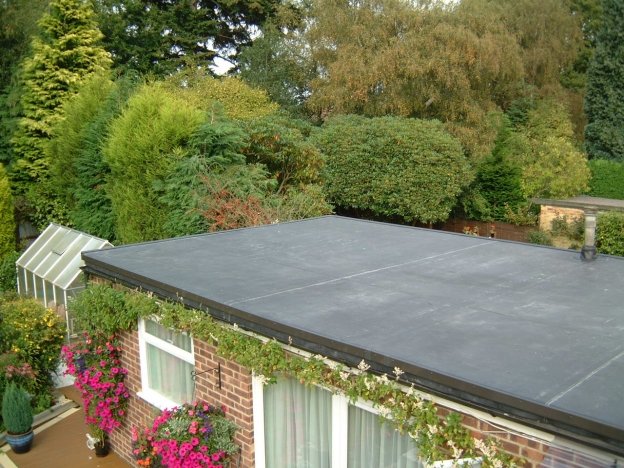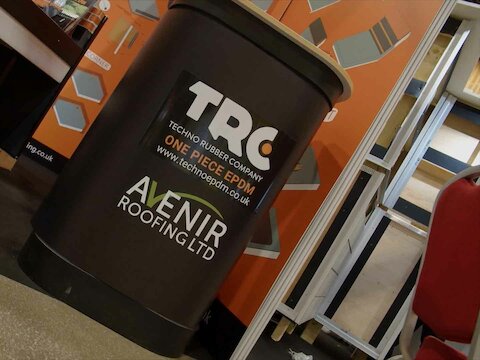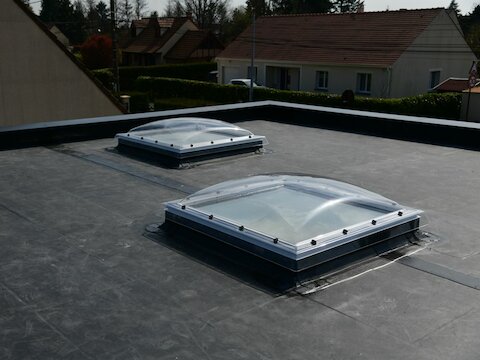Common Flat Roofing Problems Explained

Just like gable, hip, curved and any other type of shape, flat roofs aren’t without problems. In fact, flat roofs are probably known to have more issues that most. However, there are plenty of things you can do to overcome their defects. Plus, they do also come with several benefits. So, as long as they’re installed correctly and well cared for, a flat roof can be a suitable option for a wide range of applications. Before installation, it’s important that you’re fully aware of both the pros and cons of flat roofing.
Flat Roof Defects Explained
Whether your flat roof is on a domestic or commercial property, it is still prone to several problems – many of which can be easily treated or avoided in the first place. Flat roofs require a little more TLC than other roofs and should undergo some basic but regular maintenance to ensure longevity.
With this in mind, here’s just a few of the most common flat roofing problems to be aware of.
Standing Water
When there’s a leak on your flat roof, it’s likely that the cause of this is standing water. Contrary to the name, flat roofs aren’t actually flat – they have a slight and practically unnoticeable angle to them so that water can drain away. However, with the UK weather being typically British, it can rain here quite a lot.
If there’s insufficient drainage or the pitch is at less than 10°, standing water can be quite common. A build up of snow and ice can also be problematic as this causes drains to become blocked. Ponding water can have major and costly consequences, including:
- The roof becomes saggy
- An increase of leakages
- Moss starting to grow
- Deterioration of materials
To solve the issue of standing water, look to have additional drainage installed or your existing drains widened. You can also add a sloping material to redirect ponding water in the corner of the roof back towards the drain.
Blistering and Alligatoring
Flat roofing membrane can detach from the deck because of trapped moisture or air – even if it is the smallest amount. This can cause what is known as blistering. Once a blister is formed, the membrane stretches which causes even more expansion. To fix this issue, simply cut the blistered membrane away and re-apply new material to the area.
A typical sign of roof aging is alligatoring – damage caused by the sun’s UV rays. The surface of the roof can become dry and develop small cracks on it. By re-applying a primer and compatible coating to the roof, you should be able to solve this defect.
Thermal Movement
Changes in temperature can cause the flat roofing material to expand and contract. Though you may not see issues straight away, repeated cycles of thermal movement may lead to stress fractures within the membrane. This in turn will cause the material to become weak, which will allow water and air to get underneath it.
General Wear and Tear
Over time, your flat roof’s membrane is likely to experience wear and tear, which may potentially lead to more detrimental damage. It’s only natural that your roof’s protective layers will suffer a bit of wear and tear, which is why regular maintenance is necessary.
So, what are the benefits of flat roofing then?
Although there’s a few downsides to choosing flat roofing, there is also plenty of benefits too. They include being:
- Affordably priced
- Easy to install
- Perfect for adding discrete solar panels
- Ideal for a rooftop garden
- Versatile for interior space
- Easily accessible
- Economical to construct




